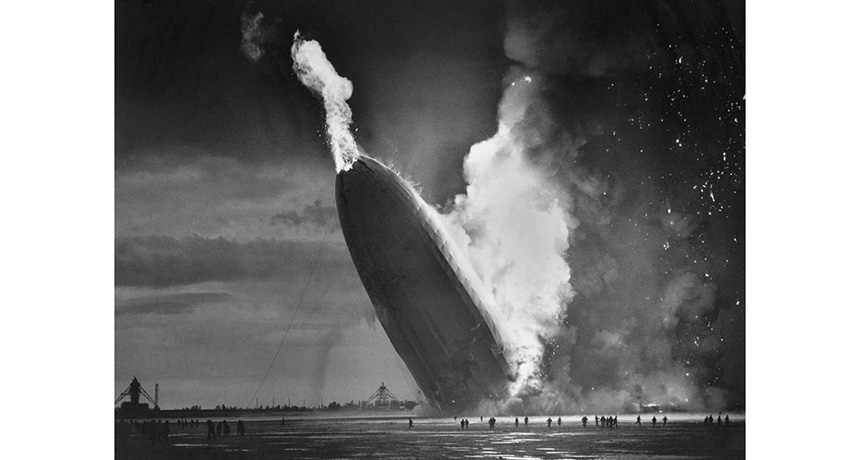‘Monsters’ examines a history of technological hubris
The Hindenburg disaster offers clues to recognizing risky inventions

DOWNED SHIP The Hindenburg caught fire just before landing on a New Jersey airfield, killing 36 people. Science writer Ed Regis explores some of the lessons from the terrible — but preventable — disaster.
Murray Becker/Associated Press, Wikimedia Commons






